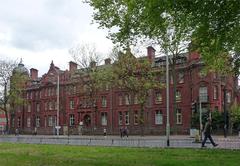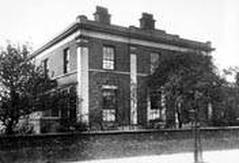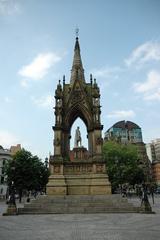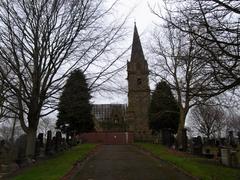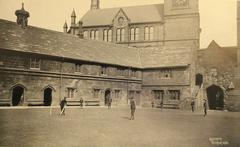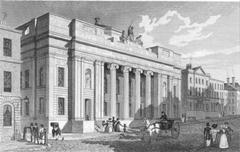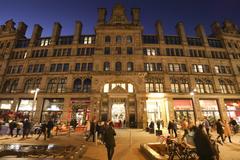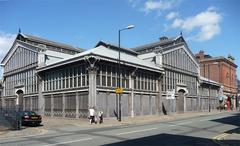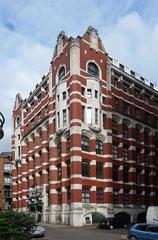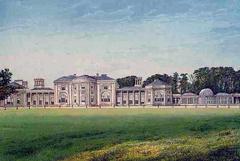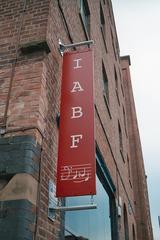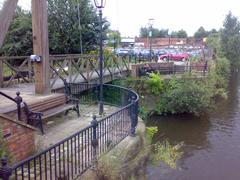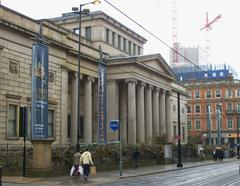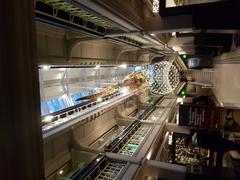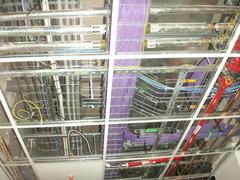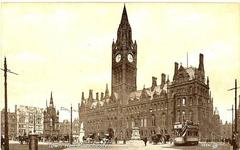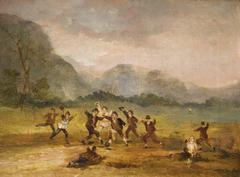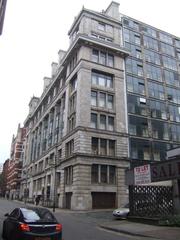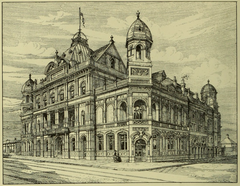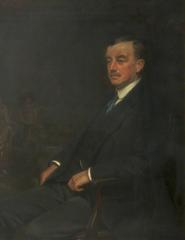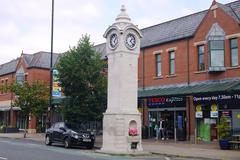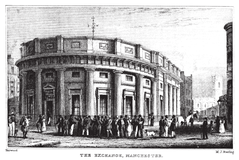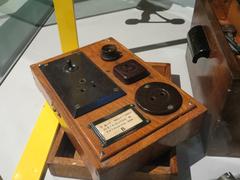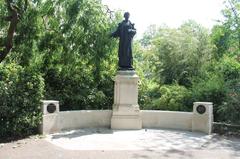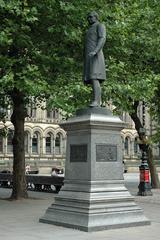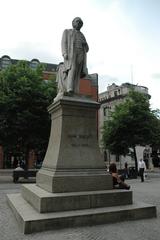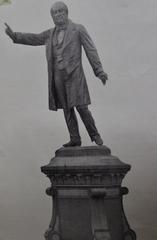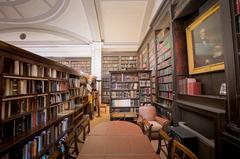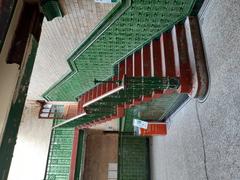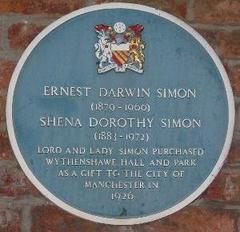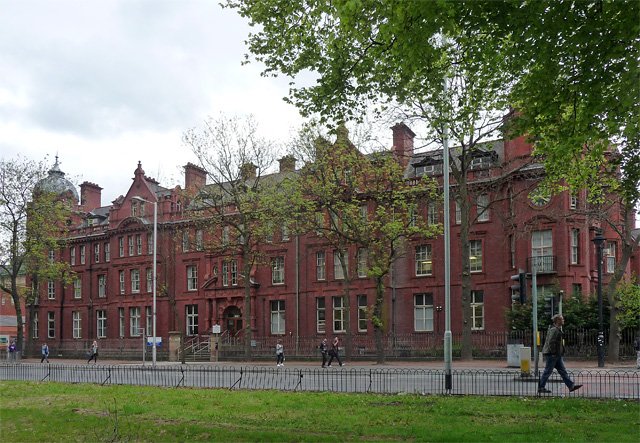
Saint Mary’s Hospital Manchester: Visiting Hours, Access, and Historical Significance
Date: 15/06/2025
Introduction
Saint Mary’s Hospital Manchester stands as a beacon of medical innovation and a monument to the city’s social and architectural heritage. Established in 1790 by Charles White, one of the city’s most renowned surgeons, the hospital was founded to address the urgent need for specialized maternity care among Manchester’s rapidly growing population (Wikipedia: Manchester Royal Infirmary; MFT Annual Report 2017-18). Over more than two centuries, Saint Mary’s has expanded its remit from a modest lying-in charity to a world leader in women’s, children’s, and newborn healthcare, spearheading advances such as the UK’s first NHS IVF Unit and pioneering trauma-informed care.
Located on the Oxford Road campus amidst Manchester’s vibrant academic and cultural corridor, the hospital is recognized for its mid-20th-century Grade II listed architecture and its integration within the Manchester University NHS Foundation Trust. This guide offers a detailed overview of the hospital’s history and significance, practical information for visitors—including visiting hours, accessibility, and transport tips—and recommendations for nearby attractions, enabling you to appreciate Saint Mary’s as both a working hospital and a Manchester historical landmark (MFT NHS; AccessAble).
Table of Contents
- Introduction
- Historical Evolution
- Visiting Saint Mary’s Hospital Manchester
- Frequently Asked Questions (FAQs)
- Conclusion
- References
Historical Evolution
Origins and Founding (1790–Early 19th Century)
Saint Mary’s began as “The Manchester Charity for Lying-In Women,” founded by Charles White in 1790 to provide essential maternity care for impoverished women (Wikipedia: Manchester Royal Infirmary). Initially housed at Salford Bridge and later the Bath Inn on Stanley Street, the hospital quickly outgrew its premises due to rising demand (MFT Annual Report 2017-18, p.3).
Growth and Institutional Development (19th–Early 20th Century)
To keep pace with Manchester’s population boom, the hospital moved to Number 2 South Parade and, in the early 1900s, consolidated its identity as Saint Mary’s Hospital. New buildings were constructed for obstetrics and gynaecology, with the Whitworth Street/Oxford Street site opening in 1904. The hospital’s reputation was bolstered by eminent staff such as Lloyd Roberts, a leading gynaecologist (MFT Annual Report 2017-18, p.3).
Integration and Modernization (1930s–1970s)
By the 1930s, Saint Mary’s absorbed more specialist services and began collaborating closely with the Manchester Royal Infirmary (MFT Annual Report 2017-18, p.4). World War II saw temporary relocations to protect patients and staff (Chorlton History Blog). The NHS’s creation in 1948 brought Saint Mary’s into the United Manchester Hospitals group (National Archives). A major redevelopment culminated in a new hospital building opening in 1970, representing a significant step in postwar healthcare modernization.
Pioneering Achievements
Saint Mary’s led the way in several areas:
- Established the UK’s first NHS IVF Unit in 1982 (MFT Annual Report 2017-18, p.4).
- Created the UK’s first Sexual Assault Referral Centre (SARC) in 1986, a model for trauma-informed care (Wikipedia: Saint Mary’s Hospital, Manchester).
- Developed internationally recognized services in medical genetics, obstetrics, and child health (MFT NHS).
Current Status
The hospital moved to a new, purpose-built facility on the Oxford Road campus in 2009, officially opened by Her Majesty the Queen in 2012 (MFT Annual Report 2017-18, p.4). In 2017, it became part of the Manchester University NHS Foundation Trust and now operates across several sites. Saint Mary’s employs over 2,000 staff and continues to be a centre for clinical excellence and research (MFT Annual Report 2017-18, p.4; AccessAble).
Notable Figures and Legacy
- Charles White: Founder and pioneer of maternal health (Wikipedia: Manchester Royal Infirmary).
- Lloyd Roberts: Leading gynaecologist and hospital luminary (MFT Annual Report 2017-18, p.3).
Saint Mary’s legacy is one of innovation, education, and compassion—a cornerstone of Manchester’s medical and cultural history.
Visiting Saint Mary’s Hospital Manchester
Visiting Hours and Entry
Saint Mary’s Hospital is an operational healthcare facility. General visiting hours for most wards are 2:00 pm to 8:00 pm daily, but times may vary by department. Always check the latest details on the official hospital website or by contacting the relevant ward directly.
There is no public ticketing or fee—entry is limited to patients, staff, and authorized visitors. Some special events or heritage open days may provide access to non-clinical areas (MFT NHS).
Accessibility and Facilities
Saint Mary’s is committed to accessibility:
- Step-free access to main entrances and clinical areas
- Accessible parking for disabled visitors
- Wheelchair-friendly routes and elevator access
- Facilities for visitors with sensory needs
Full details are available from AccessAble.
Travel and Directions
Public transport:
- Metrolink trams stop at St Peter’s Square and Oxford Road, a short walk to the hospital.
- Multiple bus routes serve Oxford Road.
By car:
- Limited on-site parking; public car parks available nearby.
Given limited parking and central location, public transport is recommended.
Nearby Cultural and Historical Sites
Saint Mary’s lies at the heart of Manchester’s cultural district. Notable nearby attractions include:
- University of Manchester campus: Historic architecture and museums
- Whitworth Art Gallery: Contemporary and classic exhibitions
- Manchester Museum: Natural history and anthropology
- Whitworth Park: Green space for relaxation
Explore these sites to enrich your visit (Visit Manchester).
Special Heritage Events
While regular public tours are not available, Saint Mary’s sometimes participates in heritage open days or city-wide architecture tours (Artchitectours). Check the hospital’s and city tourism websites for upcoming events.
Frequently Asked Questions (FAQs)
Q: What are the visiting hours?
A: Generally 2:00 pm to 8:00 pm, but check with the specific ward or online for the latest information.
Q: Is there an entry fee?
A: No, as an active hospital, there is no ticket or fee for entry.
Q: Are guided tours available?
A: Not routinely; occasional heritage events may offer special access.
Q: What accessibility features are available?
A: Step-free access, disabled parking, accessible toilets, and sensory support.
Q: What are the best transport options?
A: Public transport is recommended due to central location and limited parking.
Q: What other attractions are nearby?
A: University of Manchester, Manchester Museum, Whitworth Art Gallery, and other Oxford Road sites.
Conclusion
Saint Mary’s Hospital Manchester is a living institution—a blend of medical progress, architectural heritage, and social commitment. While access inside is limited to patients and their visitors, the hospital’s imposing Grade II listed facade, its legacy in healthcare innovation, and its proximity to Manchester’s major cultural sites make it a point of interest for anyone exploring the city’s history. Use public transit for convenience, refer to official resources for up-to-date visiting hours, and consider combining your visit with stops at nearby galleries and museums. For deeper engagement, look out for special heritage events or city architecture tours.
For the latest details on visiting hours, accessibility, and events, consult the Manchester University NHS Foundation Trust website.
References
- This article references the following sources for accuracy and further exploration:
- Manchester Royal Infirmary, Wikipedia
- Saint Mary’s Hospital Manchester Annual Report 2017-18
- Chorlton History Blog, Memories of Saint Mary’s Hospital during WWII
- National Archives, NHS Hospital Management
- AccessAble, Saint Mary’s Hospital Guide
- Saint Mary’s Hospital Manchester, MFT NHS
- Wikipedia, Saint Mary’s Hospital, Manchester
- MFT NHS Visitors Information
- Culture Health and Wellbeing, Museums and Health Initiatives
- Artchitectours, Manchester Architecture Tours
- Visit Manchester, Visitor Information
